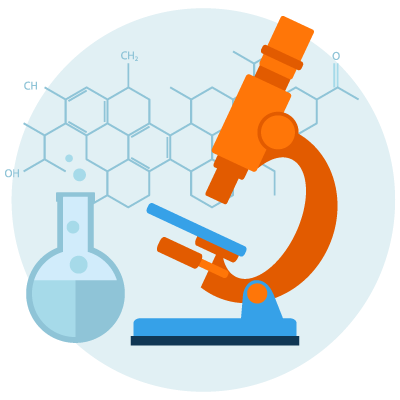
Myelin is the fatty substance surrounding the nerves that allows efficient nerve conduction. When it is lost in MS, nerves do not transmit messages efficiently and important body functions are impaired which can result in disability. Methods to promote the rebuilding of myelin after myelin loss are essential to prevent the progression of disability in MS. Associate Professor Simon Murray and his team have identified that a growth factor produced in the brain called brain-derived neurotrophic factor (BDNF), promotes myelination during early development of the brain. They believe it may also be useful to help maintain and repair myelin after injury in the adult brain.
Associate Professor Murray and his team have been using a compound which copies the actions of BDNF and have shown that it promotes myelin renewal in basic laboratory models of MS. This project will take the next step in this line of research to see if the compound can promote myelin repair in an environment which more closely mirrors the situation we see in people with MS. They will use a more complex model of myelin damage: where spontaneous remyelination does not occur and where there have been repeated episodes of myelin loss, reflecting the conditions that might occur in people with MS.
The outcome of this project will help identify whether this compound might ultimately be useful as a drug to stimulate myelin repair in people with MS.
In the first year of his project grant, Associate Professor Murray has established and characterised a new pre-clinical laboratory model of MS where the survival of precursor myelin producing cells is impaired, as well as their ability to form mature myelin-producing cells. This laboratory model more closely mimics what occurs in MS compared to other laboratory models.
Associate Professor Murray and his team are now performing experiments to determine whether the compound that mimics BDNF can repair myelin and influence the growth and maturation of precursor myelin producing cells in this new laboratory model. They are now at the stage of the project where they are analysing brain tissue treated with their novel compound. This brain tissue is being examined at the microscopic level to determine the compounds effects on brain tissue and its ability to promote remyelination. While still in the early stages, it is hoped that this compound could potentially be a new treatment option for people with progressive MS.
The team are making exciting progress on understanding the cellular mechanisms involved in the remyelination process and this work has been presented at international scientific conferences.
Last updated: 16 May 2021
Updated: 05 January, 2019

Laboratory research that investigates scientific theories behind the possible causes, disease progression, ways to diagnose and better treat MS.

Research that builds on fundamental scientific research to develop new therapies, medical procedures or diagnostics and advances it closer to the clinic.

Clinical research is the culmination of fundamental and translational research turning those research discoveries into treatments and interventions for people with MS.

